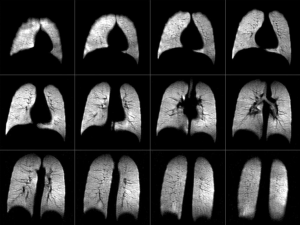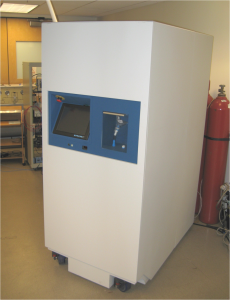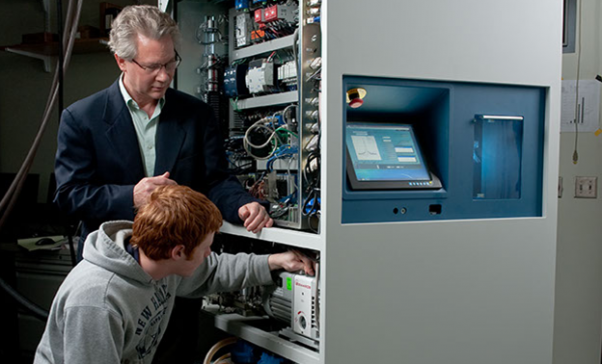Xemed announced today that its fourth-generation xenon polarizer “Hawking”, which is the prototype for its commercial quality MagniXene™ production platform XeBox-E10, was deployed to the University of Virginia Medical School for collaborative work within the Center for In-Vivo Hyperpolarized Gas MR Imaging. A full team of Xemed scientists will join the Virginia team for the first imaging sessions, scheduled during the next week. Two months of collaborative studies are currently planned, including studies coordinated on-site by G. Wilson Miller, PhD which are funded by the National Heart, Lung, and Blood Institute to validate regional measurements of alveolar oxygen, and studies coordinated on-site by Talissa A. Altes MD which are funded by a pharmaceutical company to compare imaging biomarkers of cystic fibrosis severity.

Figure 1. MagniXene™ single-breath MR image of a 22 y.o. female healthy volunteer. 0.7L bolus, voxel size =3.1 x 3.1 x 10mm. GRE image acquired using the Siemens Tim Trio at the Center for In-Vivo Hyper-polarized Gas Studies at the University of Virginia. Image credits: T. A. Altes, G. W. Miller, J. P. Mugler, III, K. Ruppert

Figure 2. XeBox-E10 as installed at the University of Virginia for collaboration in preclinical studies and clinical human lung MRI research.

Figure 3. Xemed CEO Bill Hersman checks polarizer status with undergraduate intern Igor Tsentalovich